Whenever we talk about AI in telecom, the conversation almost always tilts toward how AI can enhance network performance. But the reality is more nuanced — the relationship is bidirectional. While AI is making networks smarter, networks are also becoming the critical backbone powering the AI revolution.
This dual value chain — “AI for Networks” and “Networks for AI” — was a central theme at the recent RCR Wireless News Telco AI Forum 2025, where global industry leaders discussed how Agentic AI, LLMs, AI-driven RAN, inferencing, and edge computing are reshaping network automation, customer experience, and monetization strategies.
One session by Spirent Communications Anil Kollipara, especially stood out — diving deep into how Agentic AI could transform telco operations. Unlike traditional automation or rule-based AI, Agentic AI is about executing entire workflows end-to-end that currently demand human intervention. And it doesn’t work in isolation — it thrives by combining the predictive power of #AIOps and the reasoning capabilities of Generative AI.
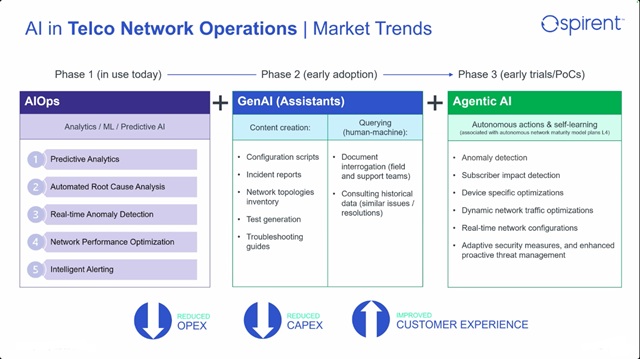
Imagine this:
Today, when a network incident occurs, KPIs and logs are collected, and a network architect manually diagnoses and fixes the issue.
In an agentic future, AI would autonomously collect the data, diagnose the fault, validate solutions, reroute traffic if needed, and confirm service quality — all without human involvement.
Or consider fault prediction:
If AIOps predicts a potential fault, an intelligent agent could trigger test agents, confirm the issue, inform the orchestrator to reroute traffic, and verify that performance is unaffected — a fully closed loop of autonomous network healing.
Potential use cases of Agentic AI in telecom are massive, spanning both network operations and infrastructure:
- Network management: Traffic prediction, capacity planning, radio map generation, network optimization, predictive maintenance, anomaly detection, root cause analysis
- Security: Threat prediction, fault detection, resilience planning
- 5G RAN: Energy optimization, spectrum efficiency, traffic steering, load balancing, mobility optimization
- Devices: AI/ML in NR air interfaces and #GenAI on devices
If realized, this could slash CAPEX and OPEX while dramatically improving customer experience.
But here’s the big question for all of us in the industry:
Do you see the market truly moving in this agentic AI direction — where networks become not just AI-enabled, but AI-driven?
Is it really happening this way?
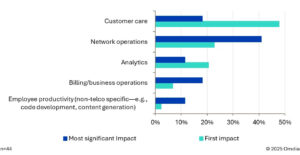
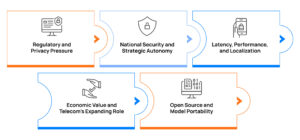
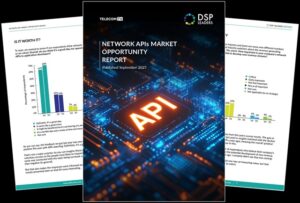
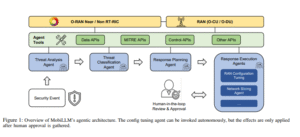
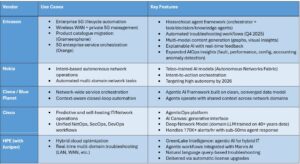
Be First to Comment